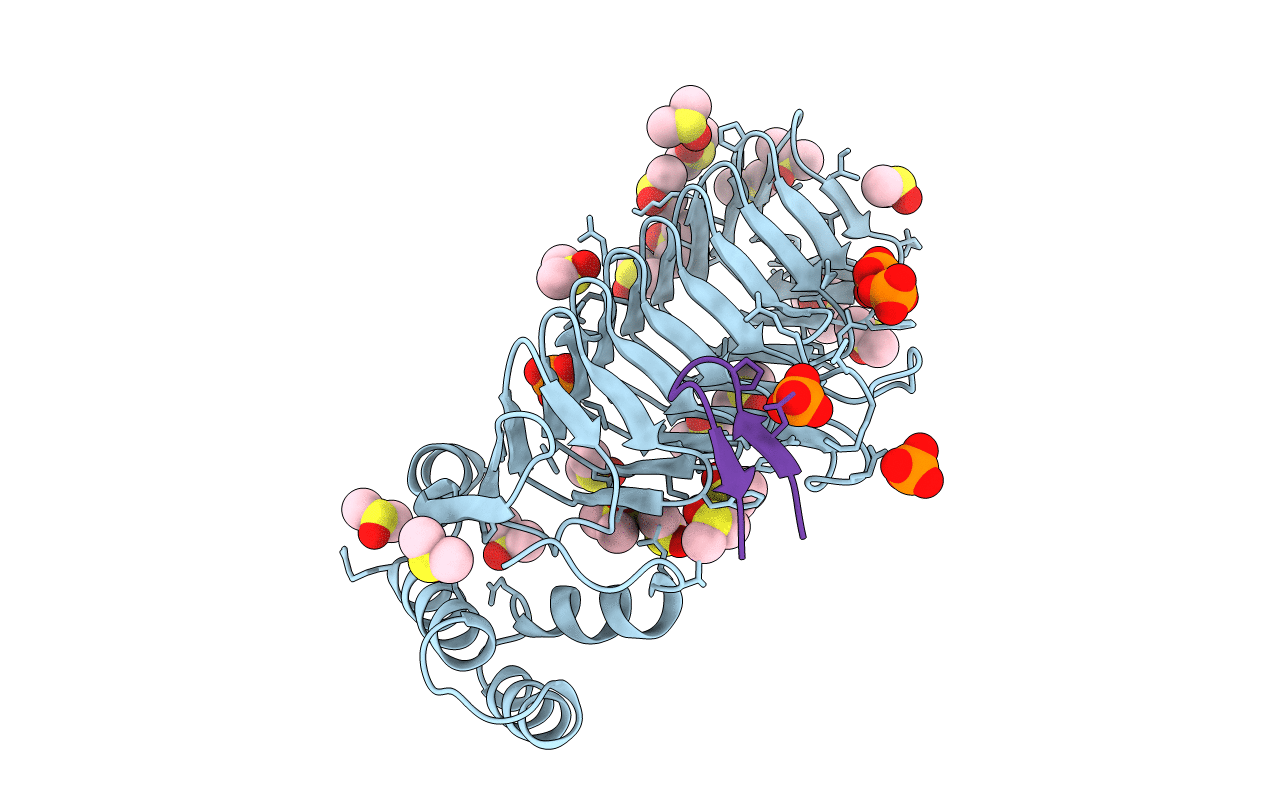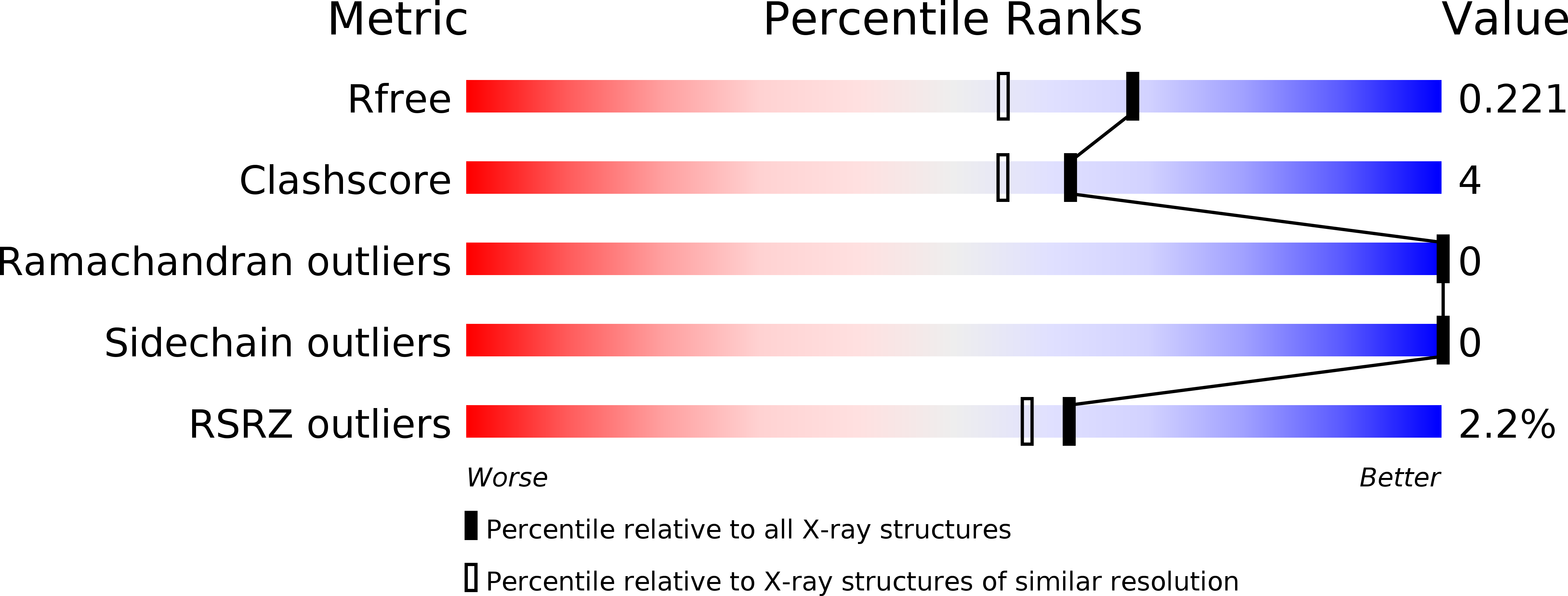
Deposition Date
2005-08-17
Release Date
2006-06-27
Last Version Date
2023-08-23
Entry Detail
PDB ID:
2AQ9
Keywords:
Title:
Structure of E. coli LpxA with a bound peptide that is competitive with acyl-ACP
Biological Source:
Source Organism:
Escherichia coli (Taxon ID: 83333)
Host Organism:
Method Details:
Experimental Method:
Resolution:
1.80 Å
R-Value Free:
0.22
R-Value Work:
0.19
Space Group:
P 21 3


